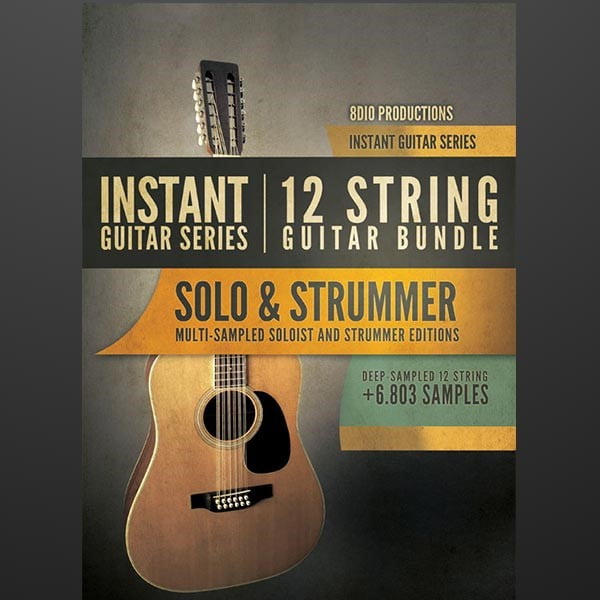

He was very gracious with his time and he told me that in the 1960’s Mack McCormick had told him that a luthier in Mexico had made Lonnie’s 12. I had heard that Larry Cohn knew who had made the guitar so I dropped him a line. That was really when I first became aware of the guitar. The photo of Lonnie with the 12 is on the cover of the marvelous book “Nothin But the Blues” by Larry Cohn, which was first published in 1993. As a guitar maker, I kept coming back to the question, what in the world was that guitar? You can hear doubled strings as he solos on the bass strings or plays rhythm. On a few recordings it sounds like the guitar is strung with all 12.

He likely used this arrangement so as to not muddy up his sound, to focus on the crispness of the treble strings. All the doubled strings are tuned in unison and no octave courses are audible. On most of the recordings it sounds like a 9 string with the first three courses doubled, and the three lower strings are singles. In the photo he has 10 strings, the first two courses are single strings, while the others are doubled. He also didn’t string it with all 12 strings. Lonnie didn’t tune the 12 string as far down as Willie McTell and Leadbelly, both of whom treated it like a baritone instrument. It’s a completely different sound from other 12 strings of the era. an airiness as he floats over and around the rhythm. The 12 string added an ethereal quality to Lonnie’s playing.

Even in the duets with Eddie Lang, it’s Lonnie who seems to be featured, and when Lang steps up for a solo, it sounds like he’s playing Lonnie’s licks. You can hear echoes of his playing in T-Bone Walker, Charlie Christian, and with later players like B.B King. At the time he was one of the few blues players to play single note leads and frequently bend notes. Nevertheless Johnson was an incredible, prolific player who was extremely influential for early jazz and blues guitar players. Blues aficionados tend to appreciate players with a harder edge, and jazz fans don’t seem to pay him much mind. These days it seems that Lonnie Johnson is overlooked. In 1929 he made some ground breaking records with jazz guitar pioneer Eddie Lang who used the pseudonym “Blind Willie Dunn” for the sessions as it was not yet socially acceptable for black and white musicians to record together. He became one of Okeh’s best selling artists with his solo recordings and backing artists like Texas Alexander and Victoria Spivey. In general he was pigeon holed as a blues guitarist, though his range extended beyond blues. His recording career started in 1925 after winning a contest for Okeh records. He studied several instruments starting at a young age, eventually settling on guitar. Lonnie Johnson was born to a musical family in New Orleans in 1899. I’ve always wanted to know where that theory originated? Who was the maker? What were the particulars? Eventually my curiosity and obsession got the best of me and I had to put the nose to the grindstone to figure it out. I had read that Lonnie had the guitar custom made in Mexico. It’s impossible to make out the details of the purfling. There is something unusual going on with the headstock, but I had never been able to figure it out.

It’s difficult to make out details of the guitar as it is overexposed. Unlike Lydia’s guitar, which had several photos from several angles, there is only a single photo of Lonnie with his 12. Over the years the greatest mystery for me has been the 12 string that the dapper young Lonnie Johnson was photographed with, in one of the most iconic of all blues images. In the case of Lydia Mendoza’s 12 string, I worked with a half dozen photos and interviewed the grandson of the maker to piece together the details for a working plan. In the best case scenarios I’ve had an instrument to use as a reference. I have eventually made copies of each of those instruments. I have puzzled over country music pioneer Ernest Stoneman’s Galiano, Willie McTell’s Tonk Brothers 12 string, and Lydia Mendoza’s Acosta 12 string. I am especially fascinated by the instruments that came from small, independent shops. The more unusual the instrument and its sound the better. I love to try and figure out what kinds of instruments made the sounds on old records and what musicians were photographed with. My creative spirit feeds off of unusual sounds and images.


 0 kommentar(er)
0 kommentar(er)
